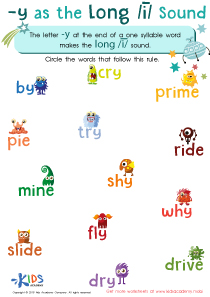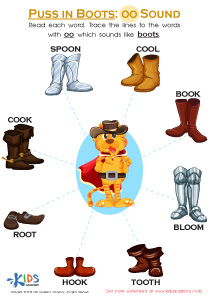Middle Vowel Worksheets for Ages 3-6
4 filtered results
-
From - To
Discover engaging and educational Middle Vowel Worksheets designed specifically for children aged 3-6. Our expertly crafted activities help young learners recognize and identify middle vowel sounds in words, enhancing their reading and phonics skills. Each worksheet incorporates colorful visuals and accessible exercises, making learning enjoyable and effective. Perfect for preschool and kindergarten students, these printable worksheets support early literacy development by focusing on essential vowel sound patterns. Download and integrate these resources into your lesson plans to boost your child’s language abilities with fun and interactive practice. Start your child's phonics journey with our Middle Vowel Worksheets today!
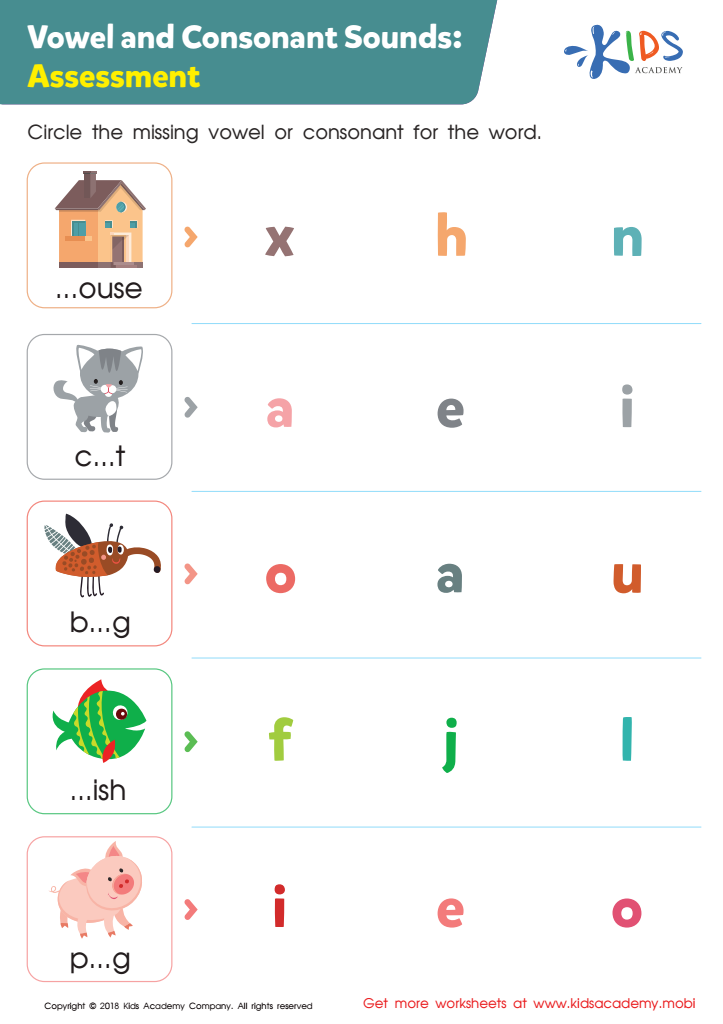

Vowel and Consonant Sounds: Assessment Worksheet
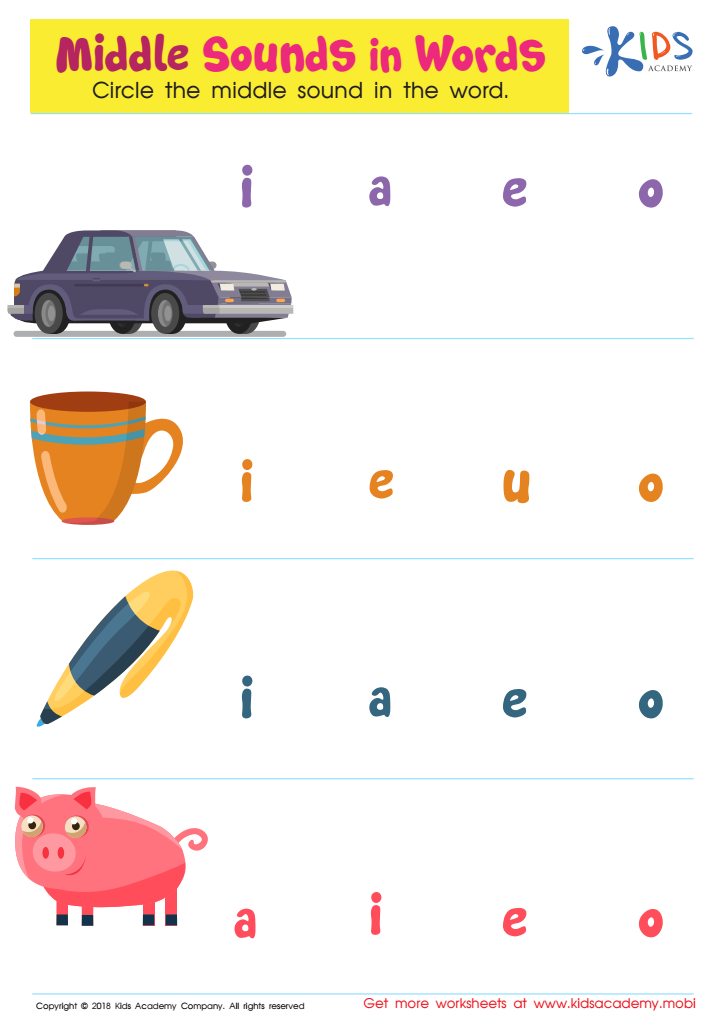

Middle Sounds in Words Worksheet
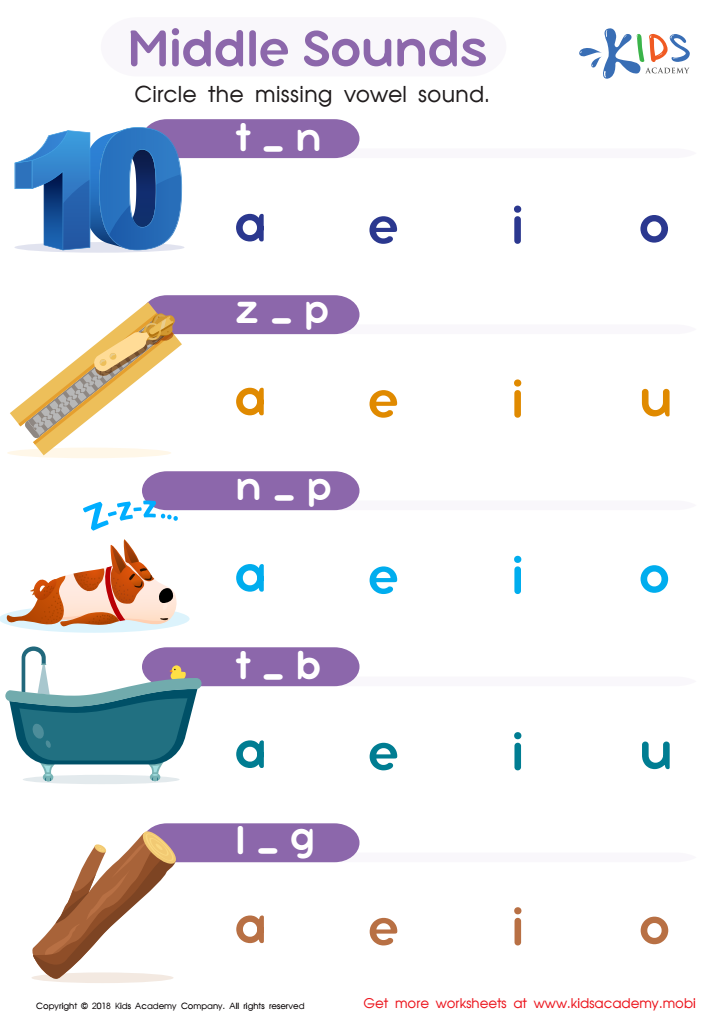

Middle Sounds Worksheet
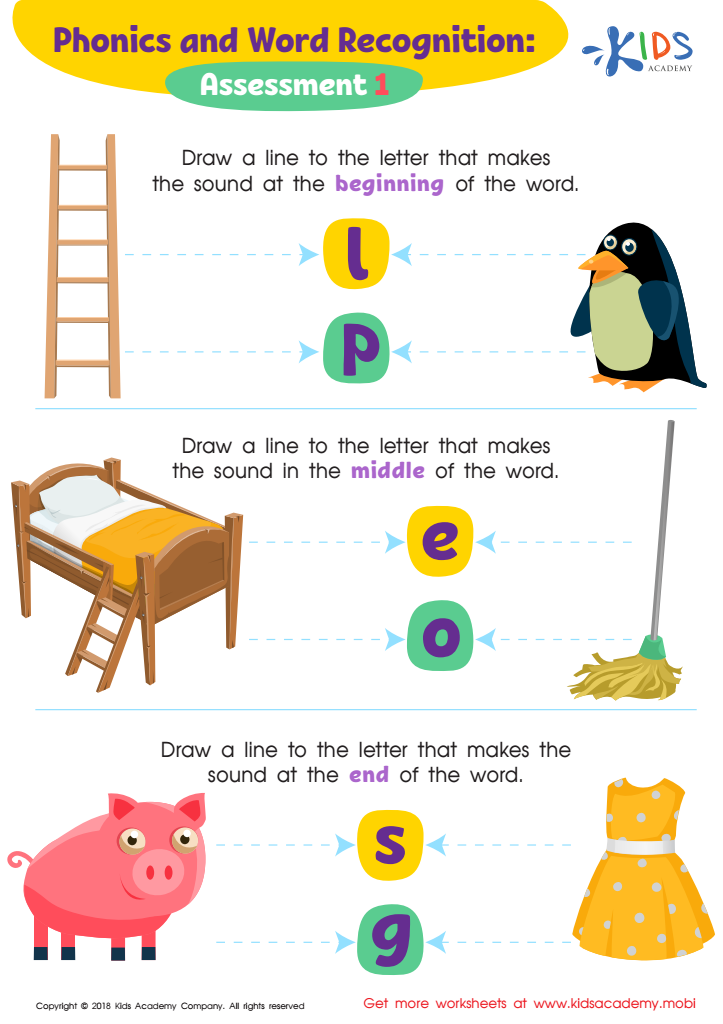

Phonics and Word Recognition: Assessment 1 ELA Worksheet
Parents and teachers should care about middle vowels for children ages 3-6 because mastering these sounds is vital for early literacy development. Middle vowels, also known as medial vowels, occur in the middle of words and are fundamental for phonemic awareness, which is the ability to recognize and manipulate sounds in spoken language. At this stage, children are typically beginning to read and spell, and understanding middle vowels helps them decode simple words accurately.
For example, in words like "cat," "dog," and "pen," the "a," "o," and "e" sounds are crucial for identifying and pronouncing the word correctly. When children can consistently recognize middle vowels, they are better equipped to sound out new words they encounter, expanding their vocabulary and boosting their reading confidence.
Additionally, emphasizing middle vowels aids in the development of clear speech and effective communication skills. It helps children differentiate between words that might look similar but sound different due to a change in the middle vowel sound (e.g., "pin" versus "pen").
Furthermore, early proficiency with middle vowels sets a foundational skill for more complex literacy tasks. Investing time and resources into this early knowledge syncs with their developmental stage and eases future learning hurdles, making reading enjoyable and less challenging. Thus, focusing on middle vowels offers a solid grounding for children's ongoing educational journey.

 Assign to My Students
Assign to My Students






